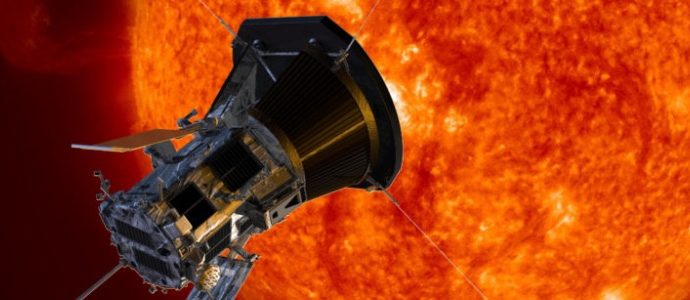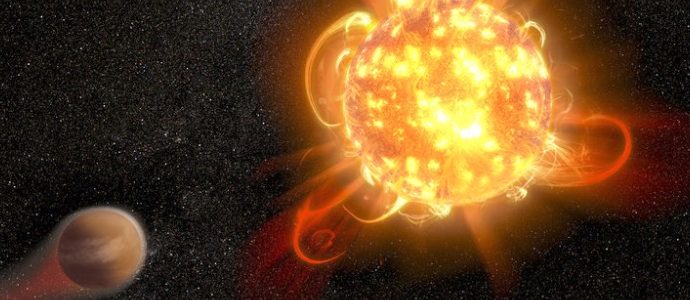Wild Winds & Rogue Waves: Parker Solar Probe Proves How Little is Known About the Sun
NASA has released the discoveries made during the first two orbits of the Sun-skimming Parker Solar Probe—now the fastest known artificial object to orbit the Sun—revealing high-speed solar winds and powerful rogue plasma waves, revelations that point out that we have significant gaps in our understanding of how the Sunread more

